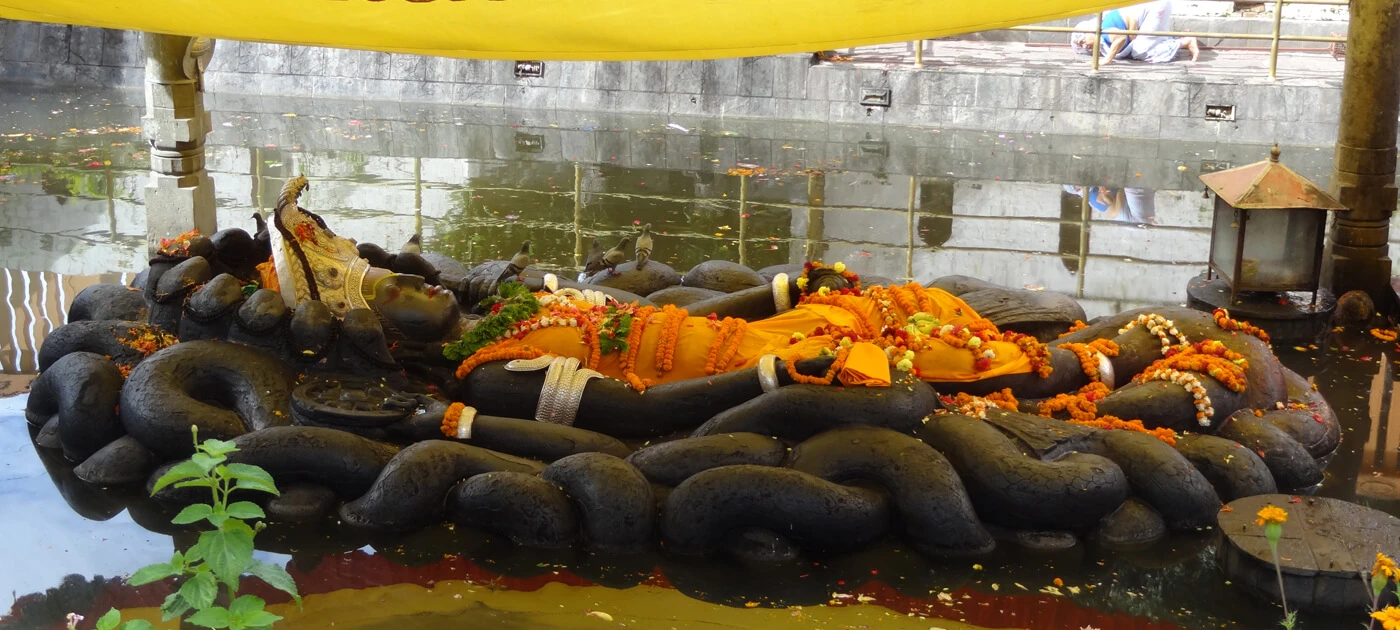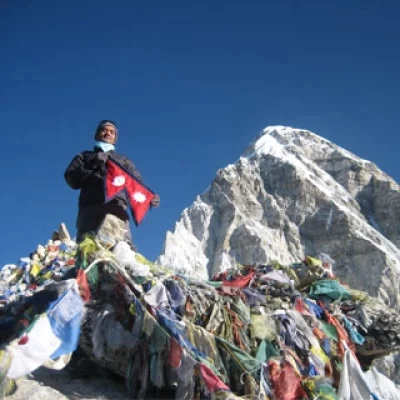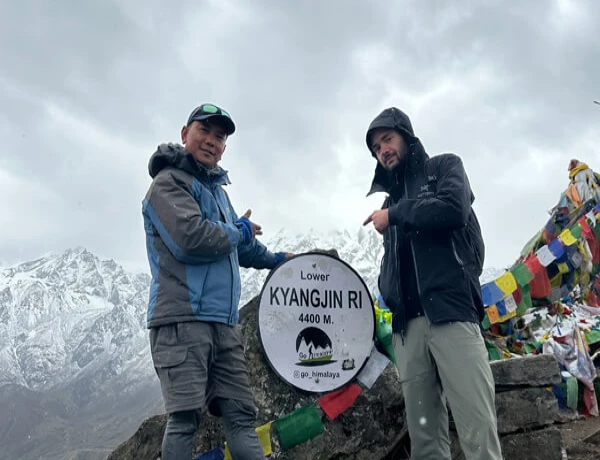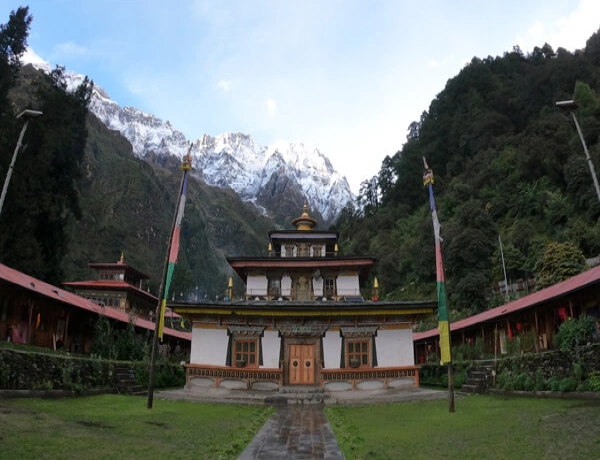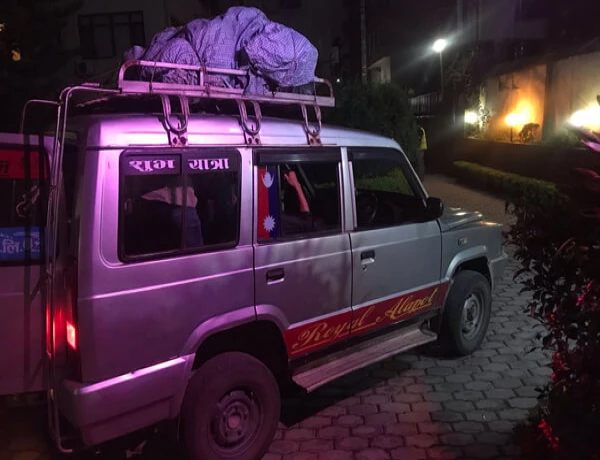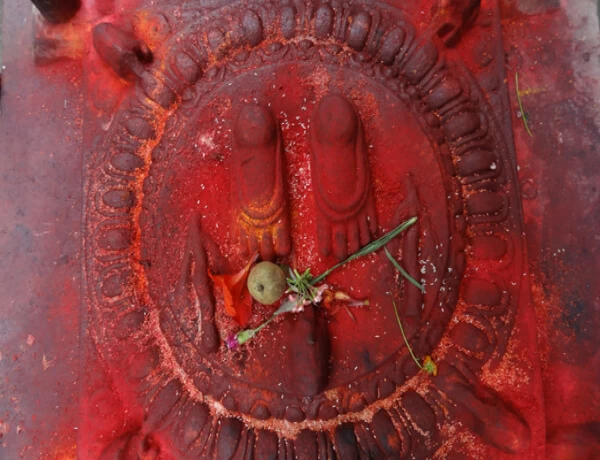If you are planning a trip to Nepal, trekking in Nepal should be your top priority. Still, Nepal has so much to offer besides the classic trail of the Himalayas and well-preserved cultural heritage. So, we have prepared 9 hidden gems in Nepal that tourists never see.
Nepal has so many unknown and interesting destinations that are worth exploring. Nepal's geography is diverse, ranging from the Terai flatlands to the highest mountain. Even though Nepal is a small country, there are unlimited places yet to be discovered
Without any delay, let's see what the 9 unexplored destinations are that you should visit on your next vacation to Nepal.
1. Barun Valley: The Valley of Eternity. Humans have not yet explored the valley, and it is uninhabited.
"Difficult roads often lead to beautiful destinations." Barun Valley has done justice to this quotation. Humans have not yet explored the valley and it is uninhabited. The journey takes you through Makalu-Barun National Park, just below the majestic Mt. Makalu.
Barun Valley is located in the northeastern part of Nepal, just further from the Everest region. The entire valley is inside Makalu-Barun National Park. It is only reachable by the trekking route. Furthermore, the valley lies en route to Makalu Base Camp.
According to the study, Yakkha and Limbu ethical people lived in Barun Valley. But, in search of a warm place, they move to lower places like Dharan (for example). This valley is known as "Chukchuwa Upatyaka" in the Limbu language.
Also, the valley is called ‘Nghe’ in the Sherpa language, which means "Sacred Place." It is also one of the ‘Beyul’ among the seven of them. In the Buddhist religious book, Beyul is the evergreen valley in the Himalayas where no one can get old. Also, when the world is about to end, people who are inside Beyul will remain unharmed.
Because the valley is located within a national park, it is an ideal location for bird watching. Due to its diverse ecosystem, it is home to 440 species of birds. There's even more; it's home to endangered species such as the Snow Leopard, Musk Deer, Red Panda, and 75 other mammals.
The journey to Barun Valley begins in the tropical forest of Tumlingtar. Later, it goes to the subalpine forest from Kauma. But most of the valley is covered with grassland (Kharka). Talking about flora, there are 3,000 species of flowering plants, including 25 types of rhododendrons and 47 orchids, along with 56 rare plants.
Likewise, there are a lot of Kharkas, like Yangri Kharka, Langmale Kharka, Neha Kharka, and many more. Ripuk is the most picturesque spot in the valley, with contrasting gorgeous grassland, waterfalls, and snow-capped peaks.
Traveling to Barun Valley takes you through the rural settlements of eastern Nepal. Getting into the valley is not easy either, but it's not that hard either. As we said, you need to put some effort into trekking. The destination is accessible by both road and air transportation before beginning a trek.
That isn't the only thing. This location, like many others, has religious significance. The sacred site is Shiva Dhara. It is the 500-foot-high rock wall at the top where water flows and is thought to be holy water. Similarly, according to Buddhist mythology, Guru Rinpoche has been to this location.
Are you ready to explore the Valley of Eternity? If you want to trek on an off-the-beaten trail, the Makalu Base Camp Trek is a perfect choice.
2. Bardiya National Park, Wildlife Hub.
Bardiya National Park is situated on the southwest coast of Nepal, near the border with India. It was first established as Karnali Wildlife Reserve in 1976. In 1982, it was renamed Bardiya Wildlife Reserve and extended its perimeter. Later, in 1988, it was given the title of National Park.
Bardiya National Park is an alternative to Chitwan National Park. But Bardiya National Park is a whole new experience. However, it hasn’t gotten the same spotlight as Chitwan National Park. Talking about the spotlight, spotting Bengal tigers is the key attraction of this national park.
Furthermore, Nepal has officially tripled the number of big cats since 2010. Now, the number of wild tigers is 355 according to the latest census in 2022; before, it was just 121 in 2010. The Bardia National Park is presented with the TX2 award by the WWF for the same reason.
Likewise, it is the home of 30 types of mammals, along with endangered animals like the Bengal Tiger, one-horn rhinoceros, wild elephant, swamp deer, and black buck. It is also home to over 230 birds, including Bengal flamingos, Lesser flamingos, and Sarus cranes.
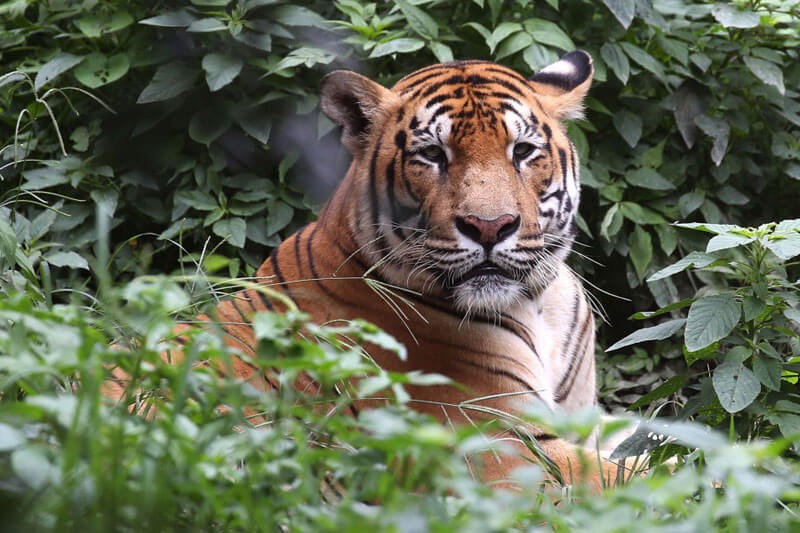
It is also home to some rare animals in Nepal, like the Gangetic Dolphin and the Mugger Crocodile. Some lizards, snakes, and fish are also a part of the National Park. About 70% of the forest is covered with Sal trees, and the rest are grassland and riverine forests.
Besides flora and fauna, Bardiya National Park has a lot to offer in terms of tourist attractions. There’s a museum at the headquarters of the National Park. That's not the only thing. They even provide a Tharu cultural program for visitors. For a thrilling adventure, the Karnali River is open for rafting.
Bardiya National Park is less explored than Chitwan National Park. Unlike others, don't make Bardiya a second option. Give it a chance; it won’t let you down.
3. Kirtipur, the Most loved Newari Town
Kirtipur is an ancient Newar ethnic town that is located in the southwestern part of the Kathmandu valley. This town is the capital of Newar culture. But most importantly, the Newari food available here is unmatched all around the Kathmandu Valley.
Ever plan to visit Kirtipur? Don’t miss the chance to try authentic Newari cuisine. Newa: Lahana has been providing typical Newari food for ages, empowered by the Newari women's community.
Kirtipur also holds historical significance. The town's history dates back to the 11th century when it was a part of Lalitpur (Patan). Later in the 18th century, it was conquered by Prithivi Narayan Shah on his third attempt. Afterward, he cut off the nose and ears of all citizens.
The Newars, who are thought to have descended from Kirat King Yalamber, are residents of Kipoo (Kirtipur). Kirtipur got its name from Sanskrit, meaning Kirti as "glory" and Pur as "city". But "Kipoo" was very familiar among the people in the past.
Besides history, Kirtipur is also famous for its well-preserved cultural heritage, which has distinct religious as well as architectural values. It was listed as a UNESCO Tentative Site in 2008. Some of the major sites include Bagh Bhairab, Adinath Lokeshwar, Chilancho Stupa, Uma Maheshwar, and Shri Kirti Bihar.
Days can be extended to continue exploring more locations, such as Champa Devi Hill,Tau Daha,Dev Pukku, Machhegaun, and others.
There are other locales for the Newari attractions, such as Patan and Bhaktapur, which are just tourist traps. For a legitimate experience of Newari culture and foods, you shouldn’t miss Kirtipur.
4. Panauti: Discover Ancient Newari Town
Just like Kirtipur, Panauti also holds religious, cultural, and historic values. It is another attraction for Newari food, culture, and history. The site has been well-preserved for centuries, making it one of the best and most ancient places to visit in Nepal.
The history of the town goes back to the Malla period. King Bhupatindra Malla gave this small state as a dowry to his sister. During the Rana era, it was well-known as the trading capital along the salt trading route between India and Tibet.
Some experts also argue that Panauti was founded by King Ananda Malla around the 12th century. Likewise, a golden sculpture was found in Indreshwar Temple dating back to 1385, proving it was found by King Harisingh Dev.
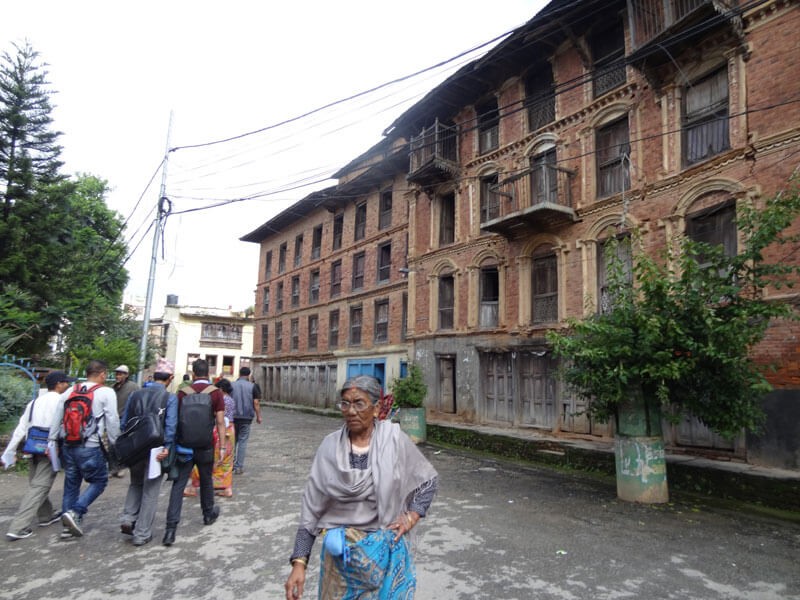
Moreover, Panauti has a high value from the perspective of religion. Many devotees worship for salvation. It is the holy place where even Lord Indra (King of God) got his salvation from Lord Shiva in the tri-junction of sacred rivers—Roshi,Punyamati, and Lilawati, which is the purest form of a holy river.
Passing through the hustling of the bus station, the path takes you to the oldest civilization in Nepal. The brick-paved roads lead to the pristine Panauti. After approaching the sites, one might experience a spiritual atmosphere.
Indreshwar Mahadev Temple is the biggest monument in the area. Both Hindu and Buddhist temples influence this area. There are other important temples like Unmanta Bhairav Temple, Brahmayani Temple, Krishna Narayan Temple, and Gorakhnath Temple.
Also, the seamless architecture of the temples and monuments takes us back in time.
Jatra is the chariot festival of Nepal and is celebrated on specific days according to the lunar calendar. It is celebrated with a feast, gathering, music, dance, and colorful customs. There are a couple of Jatras celebrated in Panauti, i.e., Makar Jatra and Panauti Jatra.
Panauti is a perfect escape from the Kathmandu Valley. It was also listed on the UNESCO World Heritage Site in 1996. If you get a chance to visit Panauti, don’t forget to try "Yomari," which is a steamed rice dumpling with a sweet called "Chaku" filling inside. It is a delicacy of the Newari people, originating from Panauti.
5. Gorkha Durbar—where the Unification of Nepal Begins
Gorkha Durbar (Palace) is a very important historic site for the Nepalese people. Although it is not famous among international tourists, In the case of Nepalese, most of them are eager to visit the palace of the first king of Nepal.
Built on the pinnacle of the Gorkha Bazaar, the site has an amazing view of the towering mountain ranges of Annapurna, Manaslu, and Ganesh.
Ram Shah, the father of Prithvi Narayan Shah, constructed this historic palace in the 16th century, which is a stunning example of Newari architecture. The palace consists of a fort, a temple, and the palace itself. The wood carvings and handicrafts of different deities and mythical creatures are just overwhelming.
The layout of the palace is simple. From the eastern side, the statue of Hanuman following the Palace Guest House is used for administration. The middle part includes the palace and Gorkha Kalika Temple, along with Gorakhnath Cave below them. Likewise, a helipad can be found on the western end of the site.
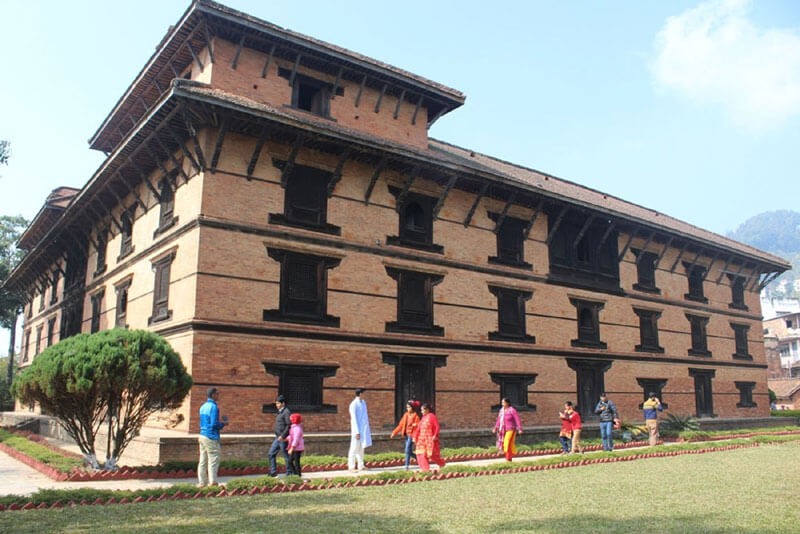
The palace is the ancestral home of the Shah Dynasty. It is the last dynasty in Nepal. Gorkha was a minor kingdom until Prithivi Narayan Shah decided not to. Before unification, Nepal was divided into many kingdoms.
When Prithvi Narayan Shah gained the throne after his father, he wanted to expand his kingdom and make Nepal one kingdom. That's where the unification of Nepal begins.
Gorkha Palace is located on the hilltop of Gorkha bazaar in Gorkha district. It is located in the western part of the Kathmandu Valley. It can take around 5 hours (138 km) to reach Kathmandu by bus. The palace is accessible from the market in two ways: by walking 1500 steps or by cab at the rear end of the palace.
Gorkha Palace is one of the important religious sites. Therefore, entering the premises wearing leather outfits is strictly forbidden. Even non-Hindus are not allowed to enter the temple and have to observe from the terrace. Gorakhkali Temple is the major religious monument. Also, Gorkha got its name from the same temple.
Despite not being very famous among tourists, it can be a great destination for your next trip to Nepal. Also, the location has lots of potential. Not only the site, but there are also many other spots to visit near the palace, such as Sita Cave (the longest cave in Nepal), Tallo Durbar (the Lower Palace), a museum, and many more.
Also, Gorkha is easily accessible from Kathmandu as well as Pokhara. To understand the culture and history of Nepal in-depth, Gorkha Durbar is a must-visit place in Nepal. Likewise, Manaslu Circuit Trek. It lies on the lap of the eighth-highest mountain in the world, Mt. Manaslu, at 8,163 meters.
6. Ranighat Palace, Taj Mahal of Nepal
Ranighat Palace, also known as "Rani Mahal," is the Rana Palace, which was constructed in 1893 in the Palpa district of Nepal. In honor of his late wife Tej Kumari Rana, General Khadga Shamsher Jang Bahadur Rana built it.
Rani Mahal carries the historic significance of the Rana Dynasty. Recently, in 2017, the palace was renovated and converted into a museum to attract more tourists. However, it is the least visited site in Nepal. But it can be a great option to discover this unexplored destination.
Khadga Shamsher Jang Bahadur Rana was the third son of the Commander-in-Chief of the Nepalese Army, Dhir Shamsher Jung Rana. After the 42 Saalko Parva (coup of 1885), he was appointed Commander-in-Chief of the Nepalese Army. But that didn't last long.
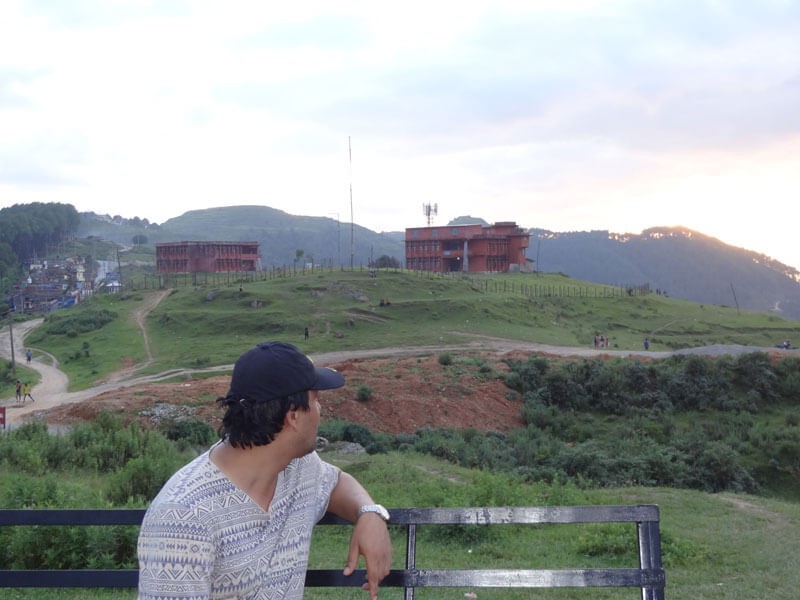
In 1887, General Khadga Shamsher Rana was forcefully dropped from the royal title. Then, he was sent to Palpa-Gauda (the location of Rani Mahal) as the Commander-in-Chief of western Nepal. During his time in Palpa, he also discovered Lumbini, along with an Ashoka Pillar inscription that provided proof that Buddha was born in Lumbini.
This palace has a European neoclassical design on the banks of the Kali Gandaki River, which originates from Damodar Kunda and Upper Mustang. On General Rana's express instructions, Indian architects created and constructed the palace at that time. It almost took around 4 years to complete the construction.
Tej Kumari Rana, the general's youngest wife, passed away in Palpa in 1892. He decided to construct the palace in her honor and gave it the name Rani Mahal (Queen Palace) to put an end to his misery. The Rani Mahal of Nepal is referred to as the "Taj Mahal of Nepal."
Likewise, both the Rani Mahal and the Taj Mahal embodied love for their queens. Also, both are constructed along the bank of the river on the rocky terrace.
After the Coup of 1885, the General was not out of the controversy. So he fled to India with his family, abandoning the palace behind. The palace was in condemned condition. So, it was grabbing the attention of the government and locals. Last year, in 2017, it was renovated and made into a museum.
Rani Mahal is around 280 kilometers away from Kathmandu. It can be effortlessly accessible. Although there are multiple routes, Public buses take other alternative routes to Tansen Bazaar. Afterward, it is just a few miles from the town.
Another attraction near the Rani Mahal is the Tansen Bazaar. Tansen also has many tourist attractions as well as religious sites. Tansen Durbar, Shreenagar, Guffa Dada, Bhagwati Temple, and many more sites that you shouldn't miss on your visit to Tansen Bazaar.
7. Ilam: The Tea Garden of Nepal
Ilam is a district of Nepal. But it is famous due to the tea garden. The tea garden is literally in Kanyam, which is a small part of the Ilam district. Still, Ilam has lots of locations to explore. Ilam is an excellent place to visit in Nepal for the ultimate experience of Eastern Nepal.
Ilam is located in the far eastern part of Nepal, conjoined with the border of India. The headquarters of Ilam are about 600 kilometers away from Kathmandu. It is far but easily reachable from Kathmandu as well as different parts of Nepal. It is also a gateway to the Mt. Kanchenjunga Base Camp Trek.
Ilam is derived from the Limbu language, in which ‘Il’ means twisted and ‘Lam’ means roads.
As we mentioned before, Ilam is the capital of the Tea Garden of Nepal. The quality, the taste, and the authenticity are the reasons why Ilam tea is so famous. If you didn't take a sip of tea on your trip, then it won't be worthwhile.
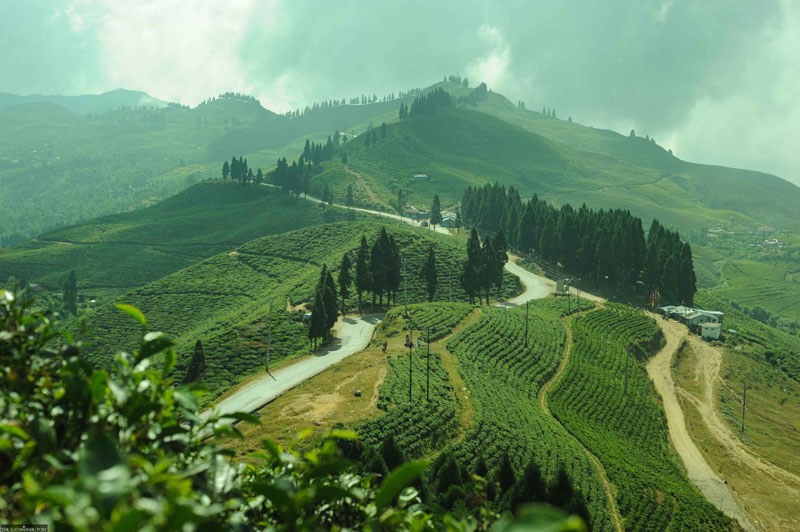
Ilam tea is popular throughout the country. Meanwhile, it is also exported to other countries. The tea garden occupies 240 hectares, producing 125 kilograms of tea every year. The late King Birendra Shah first started it to expand the market for regional tea production.
Ilam lies on the terrain of the Siwalik and Mahabharat Ranges. The weather is pleasant just above the Terai region, at an elevation of 800 meters above sea level. Astonishing vistas may be seen on the horizon from the lopsided hills.
Moreover, while enjoying your tea, you can have an overwhelming view of the Himalayas, consisting of the Singalila range. The range includes Kanchenjunga and Kabru, along with other mountains from India like Frey Peak, Mount Pandim, and more.
Eastern Nepal was an independent kingdom under Limbuwan's rule before the Gorkha-Limbuwan treaty in 1774 AD. Limbuwan has a long and interesting history that goes back to prehistory, about 30–40 thousand years ago when the Yakthung people used to rule eastern Nepal and some parts of northeast India.
So, the lifestyle of Ilam is different from that of other parts of Nepal. The area has a distinct culture and tradition because the Kirati people live there. Not only that, but food, people, customs, festivals, and languages are all unique. Furthermore, the majority of the population practices Kiraticism.
Ilam is home to more than just a tea garden. Likewise, it is a prime location for medicinal and aromatic plants. Cash crops, including potatoes, ginger, cardamom, and chili, are heavily cultivated due to a favorable climate.
Additionally, Ilam produces some of the best dairy products in Nepal. Cheese and "Churpi" are popular souvenirs to take home.
8. Janakpur Dham, the Birth Place of Hindu Goddess Sita
Janakpur is the most significant Dham of Mithila, which lies in the Dhanusha District, Madhesh Province of Nepal, near the India Border. The ancient city of Janakpur is located about 225 km (140 mi) southeast of Kathmandu. It preserves centuries-old art, culture, and stories of God Ram and Goddess Sita in ancient times, Treta Yuga. Janakpur is the birthplace of Goddess Sita, Princess of King Janak, who was married to Lord Ram (seventh incarnation of Lord Vishnu), Princess of King Dasharatha. Janakpur Dham is a holy place for Hindus, Every year during Ram Navami and Bibaha Panchami, people celebrate the festival with huge joy. Likewise, it is the most significant place in the world due to its colorful and unique artwork, people's culture, and lifestyle. Janakpur is the best place to visit to explore century-old art and crafts preserved by locals and to see the religious sites.
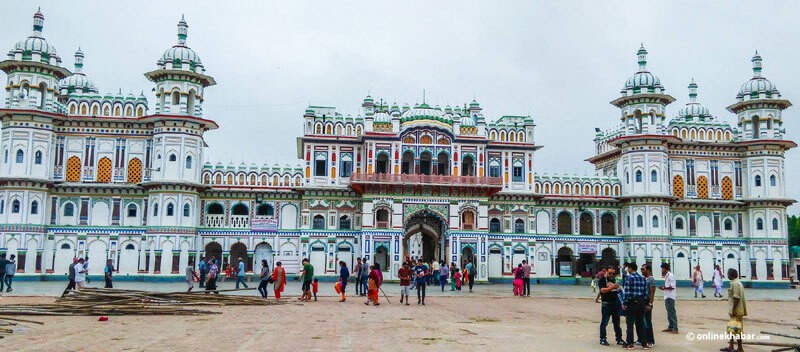
9. Sudurpashchim, Wild West
Last, but not least, the final gem on the list to explore is Sudurpashchim. Sudurpashchim is the 7th province of Nepal. Also known as "far Western" in English, it is situated far from the capital Kathmandu. And it is full of mysterious hidden treasures.
The history of Sudurpashchim goes back to the 13th century, when it was the Katyuri Kingdom of Kumaon. It was known as the Doti Kingdom, one of the eight princely kingdoms of Katyuri. It doesn't share prehistory with Nepal but does with India and the Mughal Empire. Just like Ilam, it was also unified by the Gorkha Kingdom.
Covering 19,539 square kilometers of Nepal’s territory, it has a couple of national parks and a conservation area. Numerous pilgrimage sites await the devotee. The adventure seeker will find numerous trekking trails. For the wanderlust, a majestic Himalayan view. A distinct culture and tradition for the culture vulture.
It is located on the western end of Nepal. As it is far from the capital city, it is also far from any development. Still, Dhangadi, Bhimdutta, and Tikapur are the most developed cities in this province. Although it is at a great distance, it can still be easily accessible by land as well as air transportation.
Why Sudurpashchim, Why not a specific destination inside it? Because the province itself is a wholesome experience. The environment, energy, and people are all different from any other part of Nepal. Even the Nepali language they speak has a different dialect.
Also, there is a reason why we call Sudurpashchim the Wild West. It is very rich in biodiversity of flora and fauna from the standpoint of the wilderness. from the meadow of Terai to the towering height of Api Mountain. That's why there are three protected areas.
Shuklaphanta National Park is a Terai-specific park. Khaptad National Park is for the mid-Himalayan range, and Api Nampa Conservation Area is for the Himalayas. Every protected area has distinct characteristics and holds an ecosystem of rare and endangered animals and plants.
Moreover, Sudurpashchim holds some of the most important Himalayan ranges. Mount Api, Mount Nampa, and Mount Saipal are just a few of the notable peaks. Not only is it important, but it is also beautiful, as always.
Sudurpaschim is more than just a unique way of life and natural beauty; it also has religious significance. There are a few temples, like Tripura, Ugratara, Saileshwar, and Badi Malika.
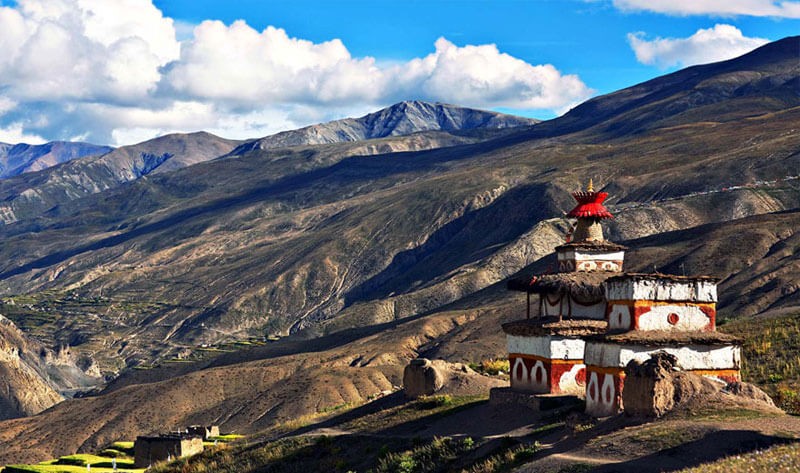
We have already talked about the dialect of the people. People are unique and interesting, with remarkable natures. They are super friendly and involved in tourism. The Deuda Dance is well-known all over the country. They speak the Khas language, which was in practice before the 18th century. They are still using it.
Make sure to visit Sudurpashchim on your next visit to Nepal. It is also Nepal’s tourist attraction. It has lots of potential for tourism. Upper Dolpo Trek, Sheyphoksundo Lake Trek, and Rara Lake Trek are in the region. Due to the lack of advertising, this region does not get the recognition it deserves.
Conclusion
These were some of Nepal's unexplored destinations. Instead of falling into tourist traps, you should explore these sites to gain a complete understanding of Nepal. Hopefully, you will think about visiting these places shortly.
